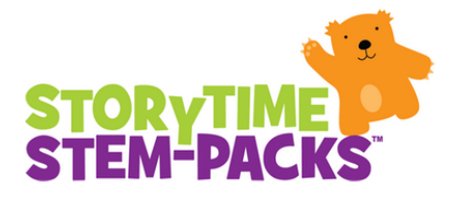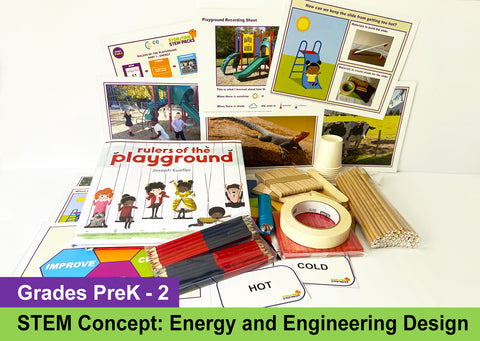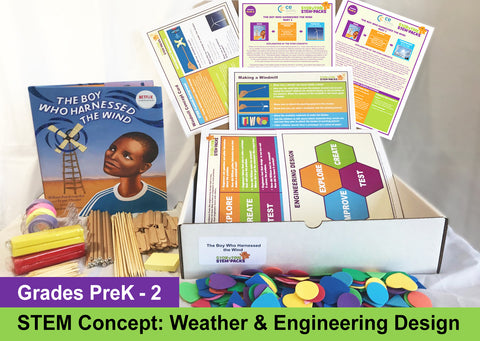Look at the large amount of research as revealed in the article, “Math in the Early Years, A Strong Predictor for Later School Success,” published in The Progress of Education Reform, October, 2013. Just to cite one piece of research in that list, Dr. Greg Duncan in “School Readiness and Later Achievement” writes about his discovery that “early math concepts, such as knowledge of numbers and ordinality, were the most powerful predictors of later learning.” Early mathematical understanding not only predicts later success in mathematics through high school, but also predicts later literacy achievement even better than early literacy skill development. What’s the morale of the story? High quality math instruction is critical in PreK-2nd grade.
What is needed? We must look at the curricula, the materials, and the teaching practices that are being used to develop mathematical understandings in our PreK-2nd Grade students. We have known for years that children are ACTIVE LEARNERS; therefore, we need to create learning environments where children actively investigate and use the concepts and skills that are being developed. Furthermore, educators must provide sufficient time for the development of math concepts in the regular school day. For effective math instruction, we must permit students to discover their understanding, instead of limiting instruction to rote counting, drill on number concepts, completing practice pages, and explaining how to do procedures only one way. Some questions we can ask ourselves:

- Are my students exposed to high-level play that permits them to explore patterns and shapes, and spatial reasoning?
- Are my students developing their own mathematical understandings by thinking about and talking about the math ideas?
- Are my students using manipulatives that expose and support their math thinking?
- Are my students working together to share thinking and build on each other’s ideas?
- Am I providing enough time in my daily instructional schedule?
- Am I helping my students engage their math skills and understandings in various problem-solving situations?

Remember there is POWER in developing young, energetic, enthusiastic math thinkers!!!!
By Samuel Shaneyfelt, AIU Math & Science Consultant


